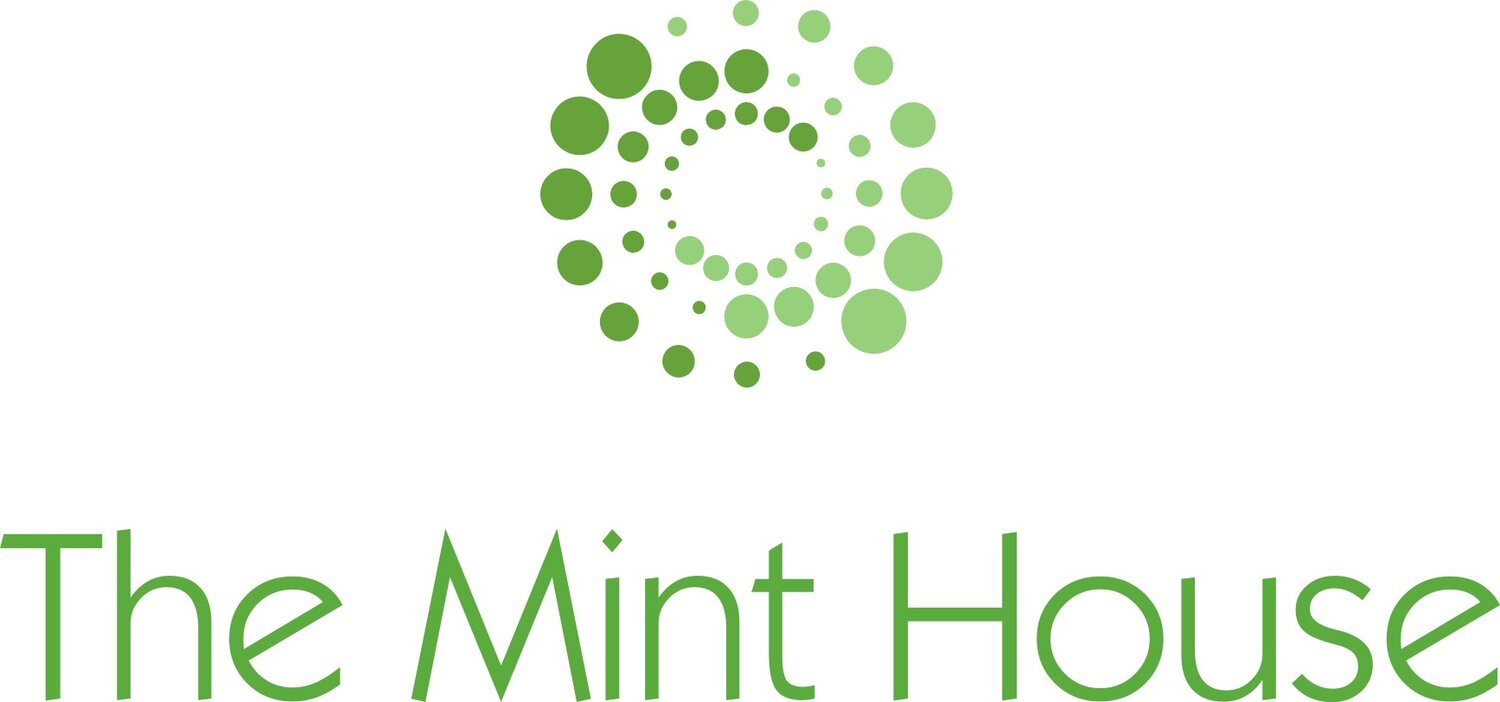by Rosie Chadwick
We heard some fantastic insights at our conference on Communicating Restorative Justice and Practice. These are my top take-aways. It will be great to hear what others took from the day.
Reframing restorative justice
Take on board key techniques that research tells us will help us communicate more effectively. Avoid labels, jargon, fatalism. Don’t overdo the stats. Steer clear of messaging that reinforces myths or triggers negative beliefs. The more consistently we can all do this the better.
The recommended messaging framework - sharing a belief, stating the dilemma, offering a solution – is a useful structure to draw on.
Can more be done to tackle common myths?! One for further discussion.
Contact Lucy Jaffe to find out more, including what the next phase of work is likely to involve.
Overcoming barriers and gatekeepers to restorative justice
Think about what the different parties/partners in restorative justice are looking for: they are not all looking for the same thing! Help stakeholders to be explicit about their aims and recognise each other’s aims and where each other is coming from. As restorative practitioners, we should be good at this!
‘Case extraction’ works better than referral.
Orient risk assessments towards different risks and ways of mitigating these. Draw out the risks of not doing RJ as well as the risks of RJ.
Pay attention to the feedback loop.
We can usefully do a better job of documenting approaches and researching processes and practices, not just outcomes.
Communicating restorative justice to victims of crime
A proactive, systematic, inclusive approach works best.
The offer of restorative justice can be made too late but never too early. It’s important to give victims time to have the conversation.
It’s helpful to find out victims’ contact preferences early on.
The content of the offer matters: ‘what do you need to repair the harm?’ backed up by a range of options, not ‘do you want to meet the offender?’
A lack of data inhibits research.
The whole ethos of an organisation affects how, and how often, RJ is broached with victims.
Communicating restorative practice in the context of neurodiversity
The statistics on the ‘school to prison pipeline’ are striking: there’s an overwhelming case for acting early.
Time is an important factor: taking time to build trust and do things together; allowing decompression and processing time when responding to incidents; managing differing conceptions of time.
Neurodiversity covers everyone! The important thing is to take a highly personalised approach that recognises each person’s intersecting challenges and needs.
Restorative practice works well within a wider emphasis on emotional literacy.
Having involvement from police officers who understand and work with the ethos of the school and who pupils can engage with in a positive way is invaluable.
Communicating restorative justice through film and the arts
Films have many layers. They can enable a much deeper conversation than might otherwise be reached. How films are used is important.
RJ Working has found working with young people to devise films to be extremely powerful. This creates opportunities to ‘make meaning’ and helps young people have a sense that restorative practice is relevant for them in their locality.
Asking students at the local art college to help create an animation can help us reach beyond a ‘restorative justice bubble’ bringing students into the process of cultural understanding.
Introducing children to restorative practice through stories
Like films, stories are a great way to communicate a lot in a little.
Children’s stories often communicate deep life lessons and can prompt deep conversations. They reach adults as well as children.
There are many opportunities to supplement stories, for example with circle time/questions and experiential learning. We can look forward to colouring sheets to go with Lindsey’s newly published story!
We can’t teach children about restorative justice without being restorative with them.
Panel discussion
There’s important work to be done winning over Police and Crime Commissioners and supporting people who have come though RJ to become facilitators.
Non-verbal communication matters: we need to ‘endlessly model the values we espouse.’
We should shift the tone - be more confident and less apologetic – ‘have you heard of this great movement…!’







